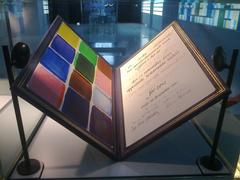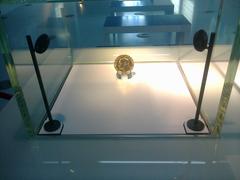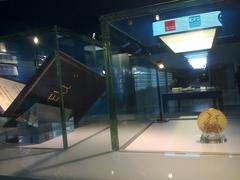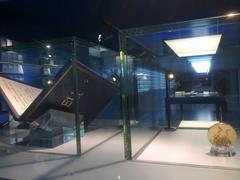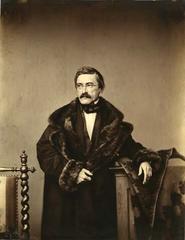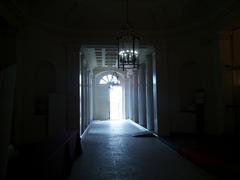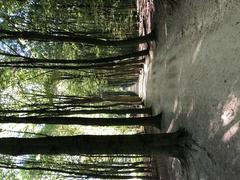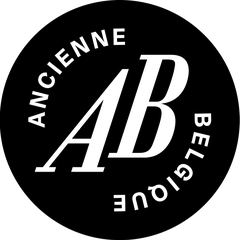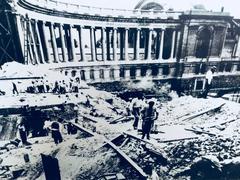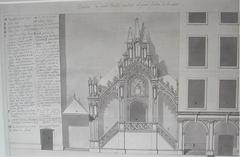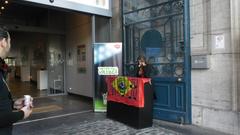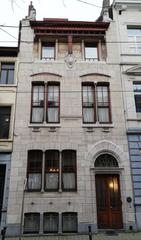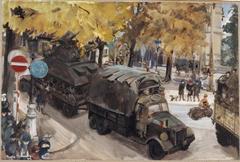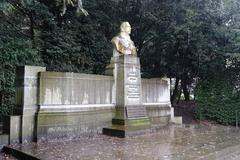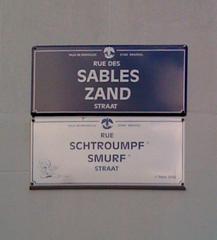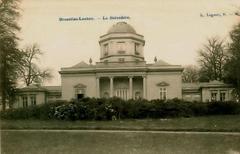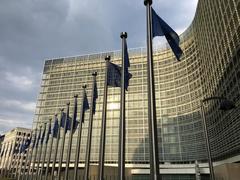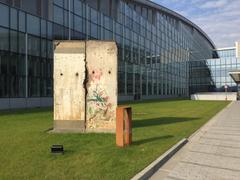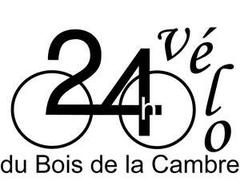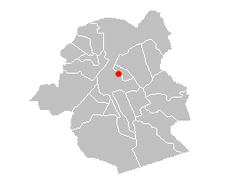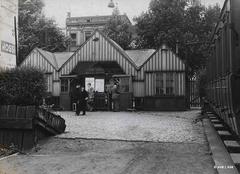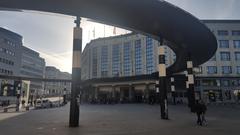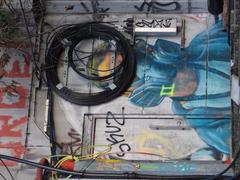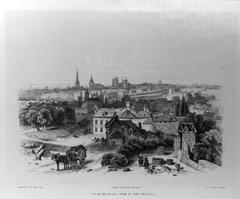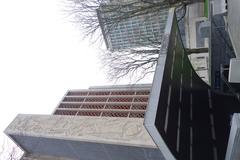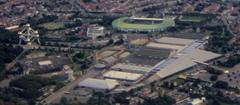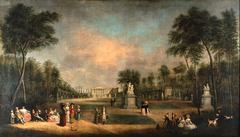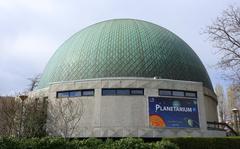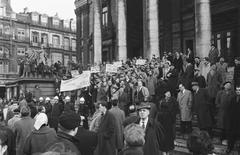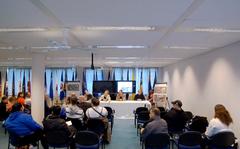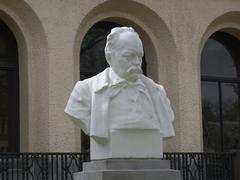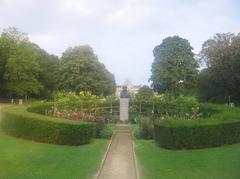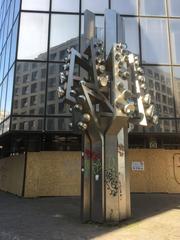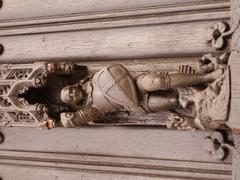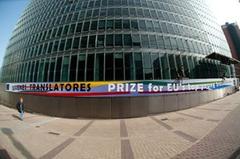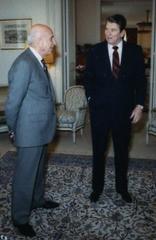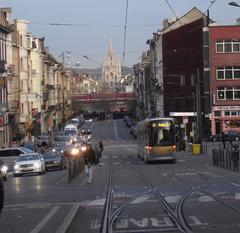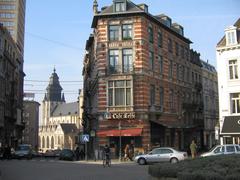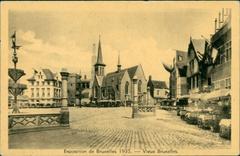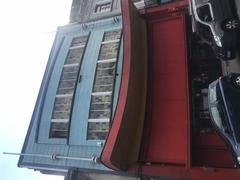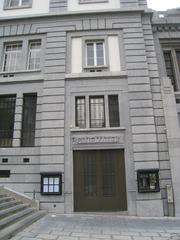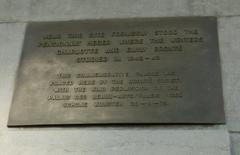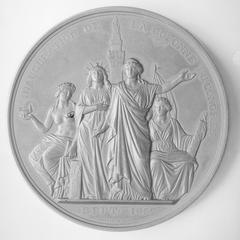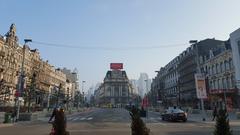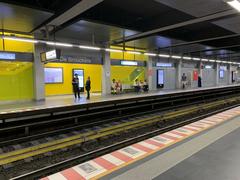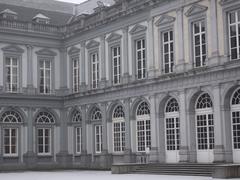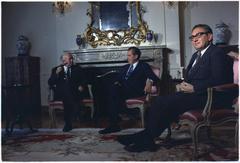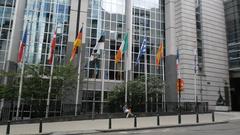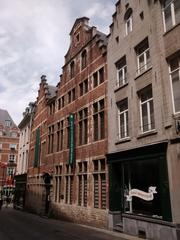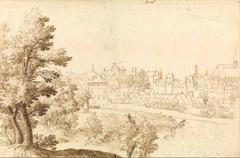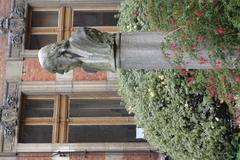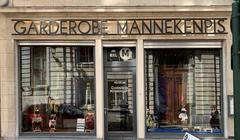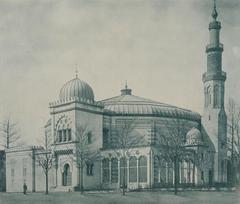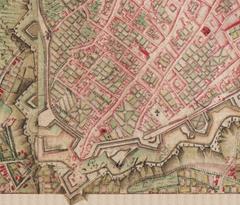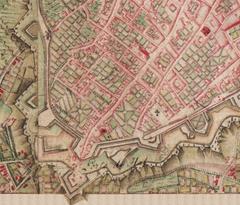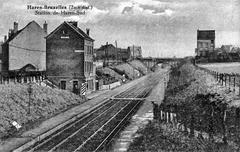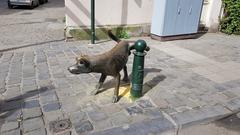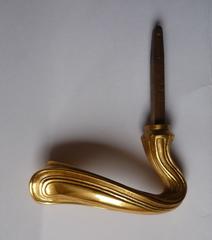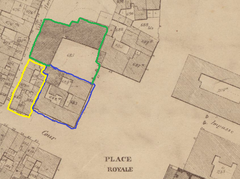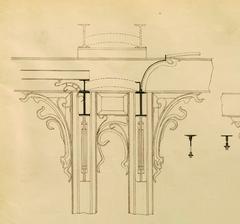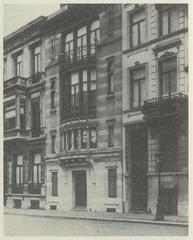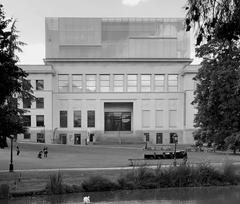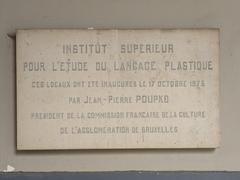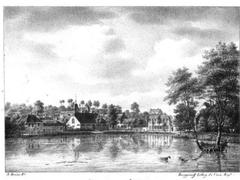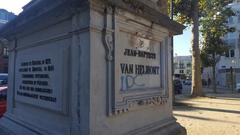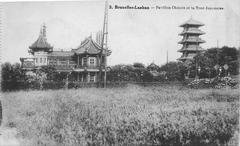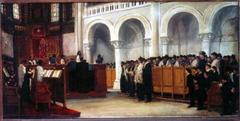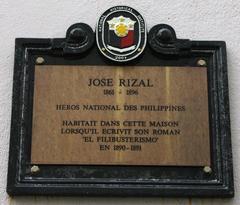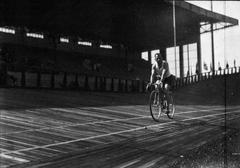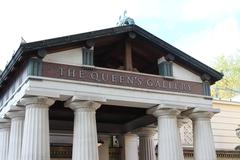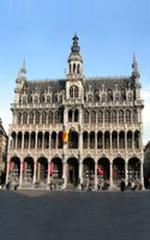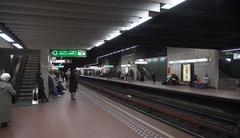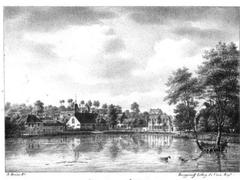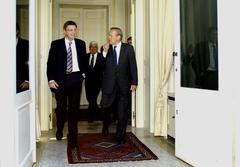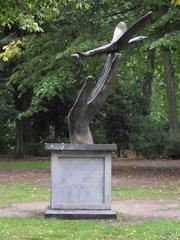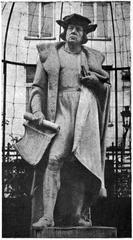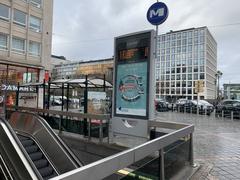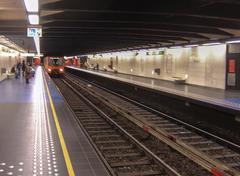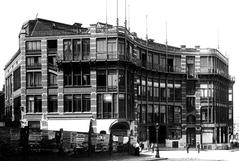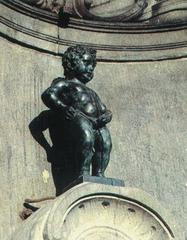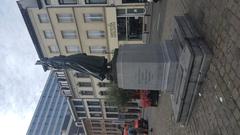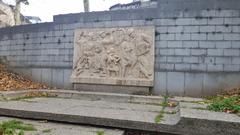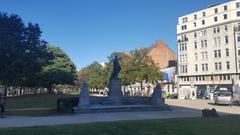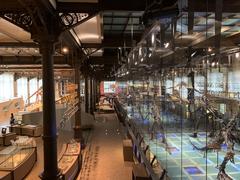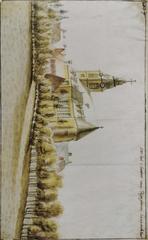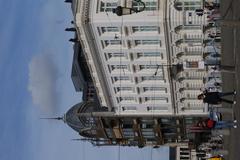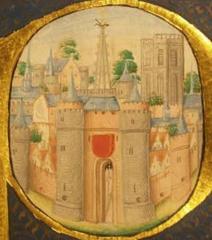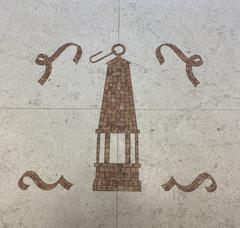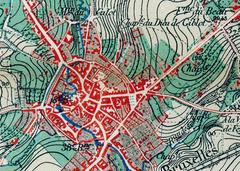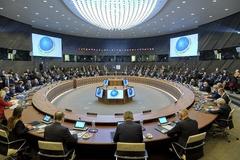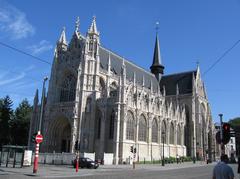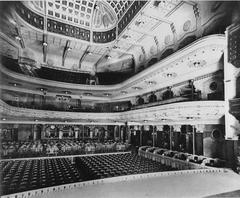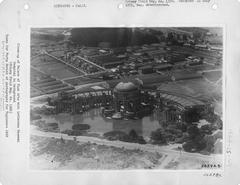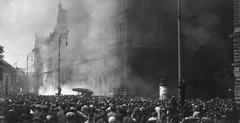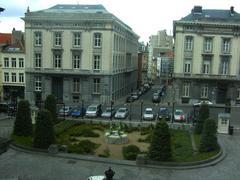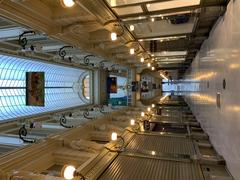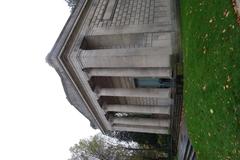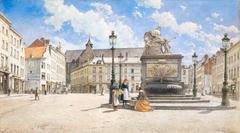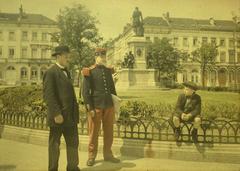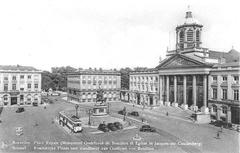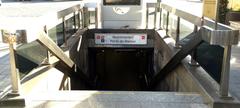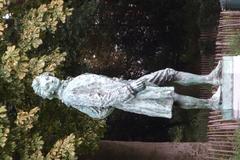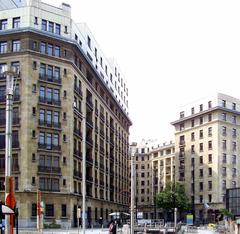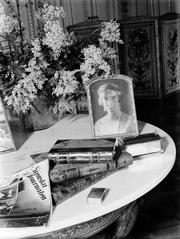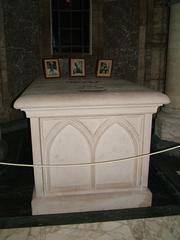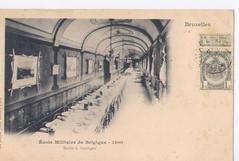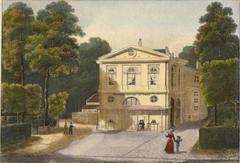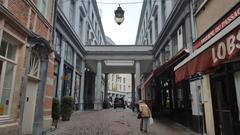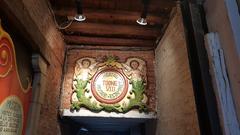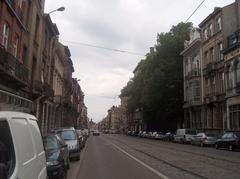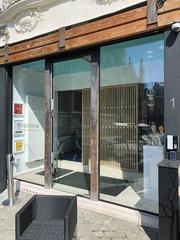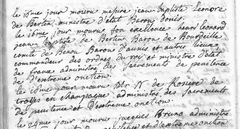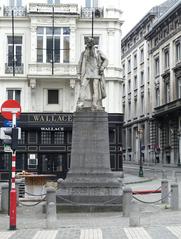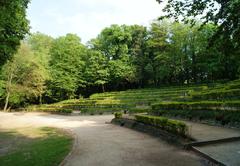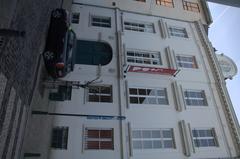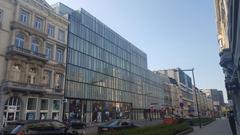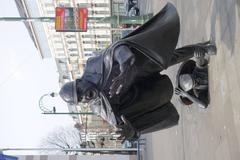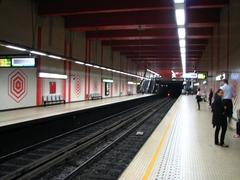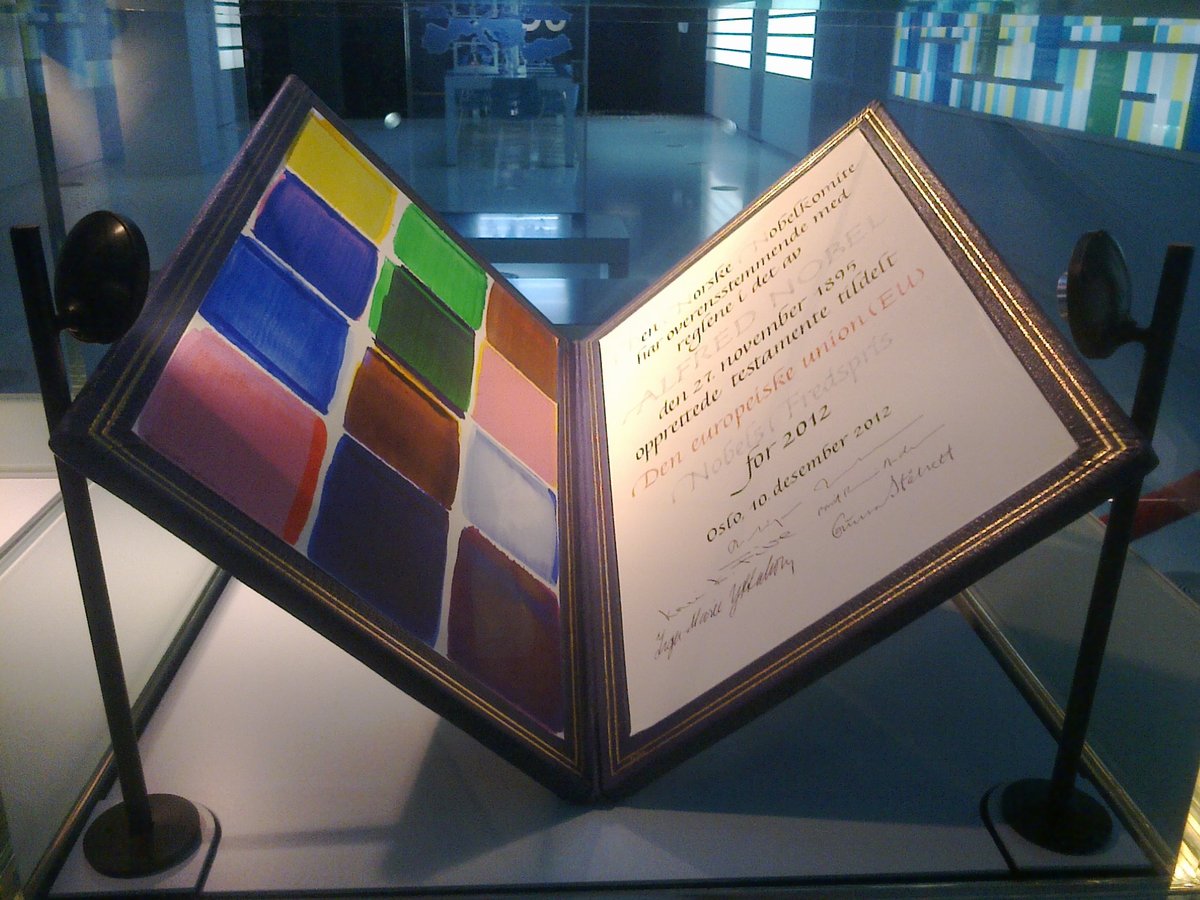
Willy Brandt Related Locations in Brussels: Visiting Hours, Tickets, and Historical Sites
Publication Date: 18/07/2024
Introduction
Willy Brandt’s impact on European history is monumental, transcending his role as the Chancellor of West Germany to shape the very fabric of contemporary Europe. Brandt’s policy of Ostpolitik, aimed at fostering better relations between East and West Germany, earned him the Nobel Peace Prize in 1971 and significantly influenced the political landscape across Europe. Brussels, as the heart of the European Union, embodies many of Brandt’s ideals and efforts toward European integration. His tenure as the chair of the European Commission from 1977 to 1979 saw significant strides toward economic and monetary unity, laying the groundwork for the Euro. Although there may not be a specific landmark dedicated to him in Brussels, his legacy is intricately woven into the city’s role as a hub of international diplomacy and European governance (Discover Willy Brandt’s Legacy in Brussels).
Table of Contents
- Introduction
- Architect of European Integration
- Ostpolitik and Détente
- European Commission Presidency
- Legacy in Today’s Brussels
- Exploring Brandt’s Brussels
- Practical Information for Visitors
- Conclusion
- Frequently Asked Questions
Architect of European Integration
Willy Brandt, former Chancellor of West Germany, is considered one of the key architects of European integration and a champion of peace and reconciliation in post-war Europe. His legacy is deeply intertwined with the development of the European Union, with Brussels at its heart.
Ostpolitik and Détente
Brandt’s ‘Ostpolitik’ policy, aimed at improving relations with East Germany and other Eastern Bloc countries, was instrumental in easing Cold War tensions. This policy, for which he received the Nobel Peace Prize in 1971, had ripple effects throughout Europe, including in Brussels, which was quickly becoming a central hub for international diplomacy (Exploring Willy Brandt’s Legacy - Key Historical Sites in Brussels).
European Commission Presidency
Adding to his European legacy, Brandt chaired the European Commission from 1977 to 1979. During his tenure, he pushed for greater European integration, particularly in economic and monetary policy. This period saw significant progress towards the establishment of the European Monetary System, a precursor to the Euro, further cementing Brussels’ role as a financial and political powerhouse.
Legacy in Today’s Brussels
Though not physically present in monuments, Brandt’s vision of a unified and peaceful Europe is palpable in the very fabric of Brussels. The city thrives as the de facto capital of the European Union, a testament to the success of the integration process he championed.
Exploring Brandt’s Brussels
Visitors can connect with Brandt’s legacy by exploring key locations in Brussels that embody his vision of a united Europe:
European Quarter
A visit to the European Quarter, home to the European Commission, Council of the European Union, and European Parliament, offers a glimpse into the heart of the EU. Walking through these institutions, one can’t help but feel the weight of history and the realization of Brandt’s vision for a unified Europe.
House of European History
This museum provides a comprehensive overview of the history of European integration, including the pivotal role played by figures like Willy Brandt. Exhibits showcase the challenges and triumphs of the European project, offering valuable context to Brandt’s contributions. Visiting hours are 9 AM - 6 PM, and admission is free.
Key Diplomatic Locations
Exploring locations like the Egmont Palace, a frequent venue for high-level diplomatic meetings, or the Residence Palace, housing the offices of the Belgian Prime Minister, provides a tangible connection to the world of international diplomacy that Brandt navigated during his career.
Practical Information for Visitors
Visiting Hours
Most European institutions are open to the public on weekdays from 9 AM to 6 PM.
Tickets
Admission to many institutions, including the House of European History, is free. Some guided tours may require prior booking and may incur a fee.
Travel Tips
Brussels is well-connected by public transport, with metro, tram, and bus services covering all major sites. Consider purchasing a day pass for unlimited travel.
Accessibility
Most key sites are wheelchair accessible. Check individual websites for detailed accessibility information.
Special Events
Look out for special events and guided tours that delve deeper into the history of European integration and Brandt’s role.
Conclusion
Though subtle, Willy Brandt’s presence in Brussels is significant. His legacy serves as a reminder of the power of diplomacy, the importance of European integration, and the constant pursuit of peace. By exploring the city through the lens of his contributions, visitors can gain a deeper appreciation for the historical forces that have shaped modern-day Brussels and the European Union as a whole (Visit the European Parliament).
Frequently Asked Questions
Q: Is there a specific landmark in Brussels dedicated to Willy Brandt? A: No, there isn’t a specific landmark dedicated to Willy Brandt, but his legacy is evident in the European Quarter and other locations tied to European integration.
Q: What was the European Monetary System? A: The European Monetary System (EMS) was an arrangement established in 1979 to create closer monetary policy cooperation among the European Community member states, eventually leading to the creation of the Euro.
Q: Are there any guided tours focusing on European integration? A: Yes, several guided tours in Brussels focus on the history of European integration, including the role of key figures like Willy Brandt. Check with local tour operators for availability.
